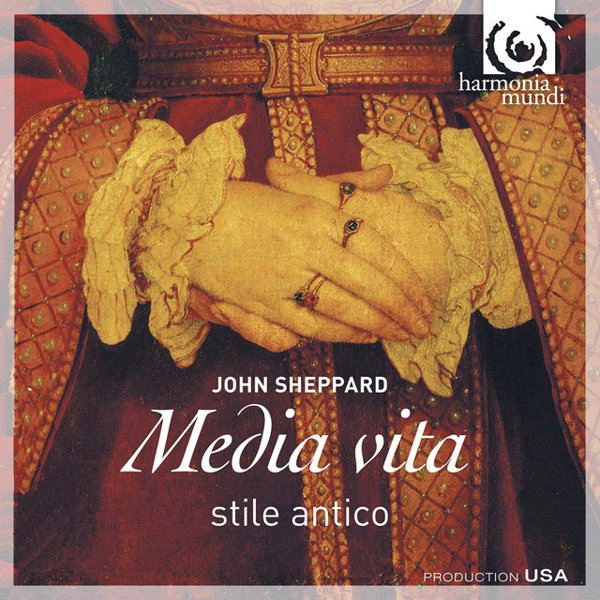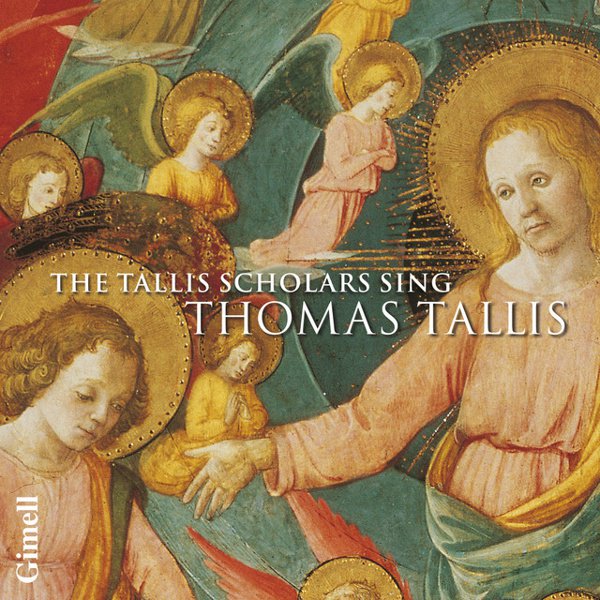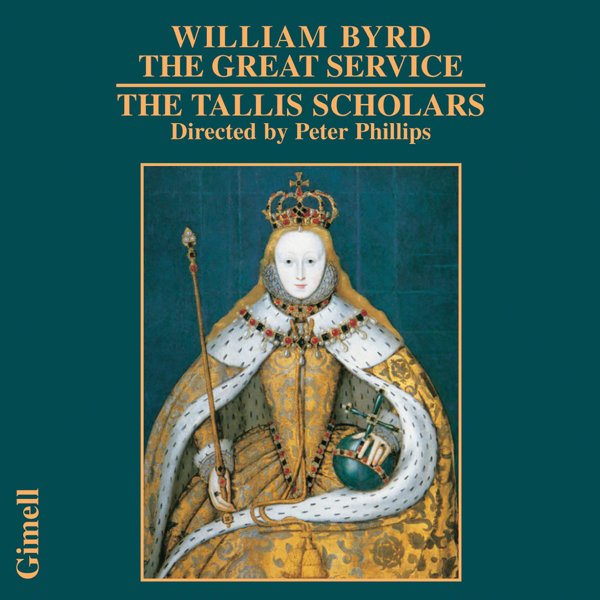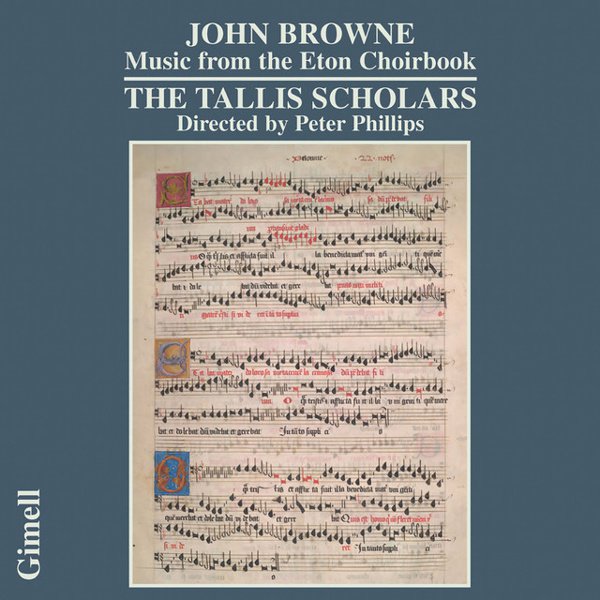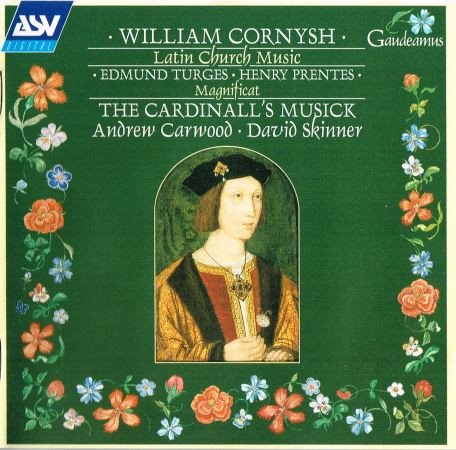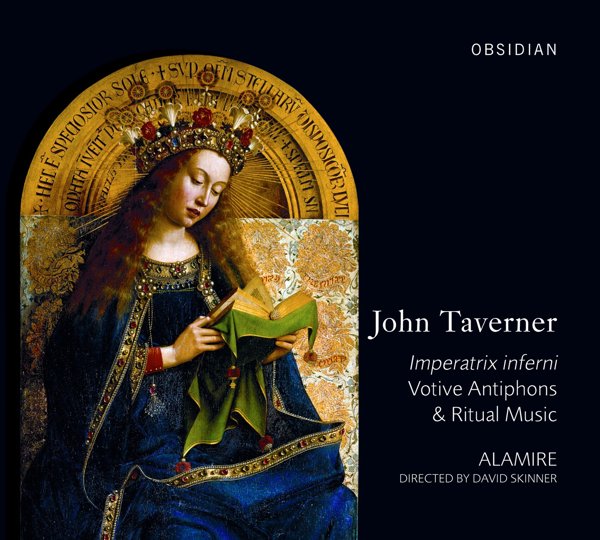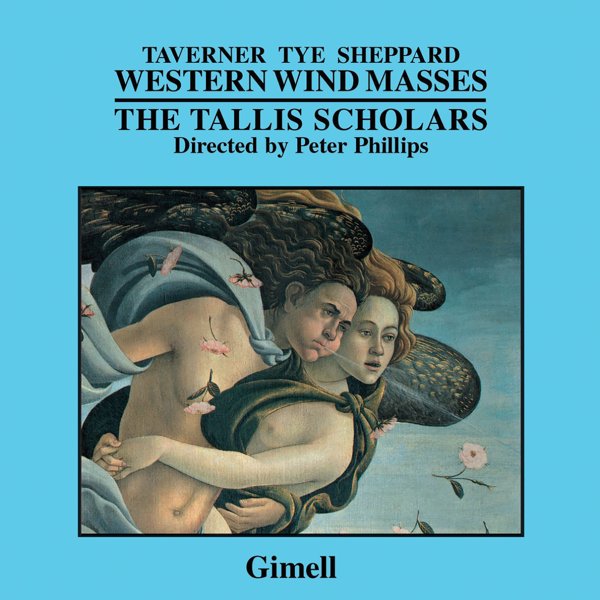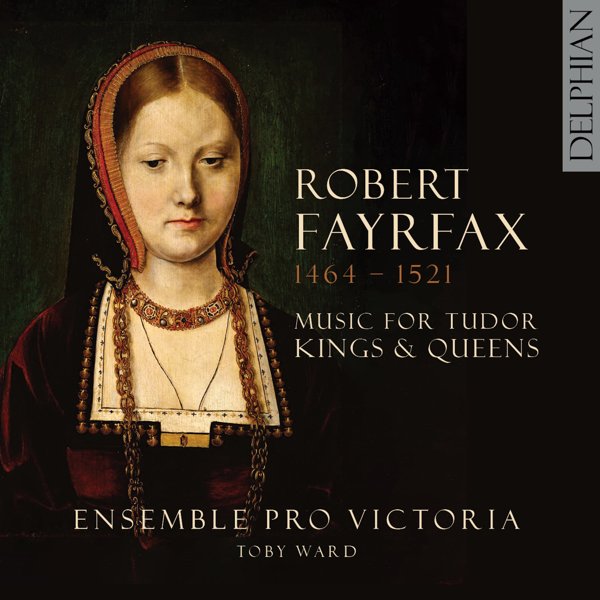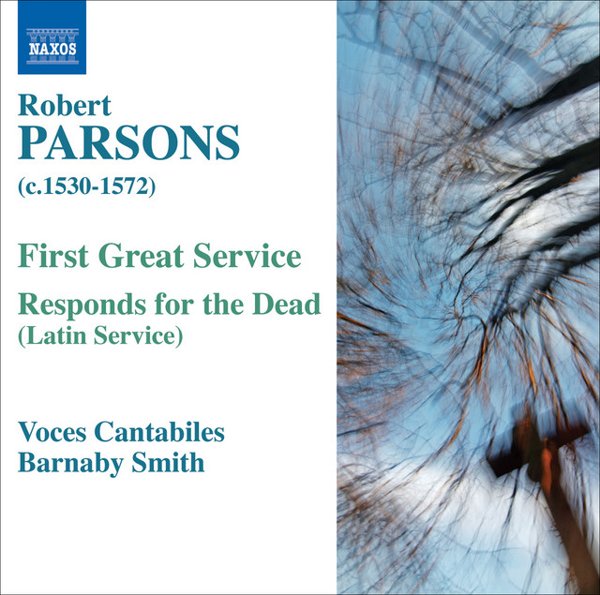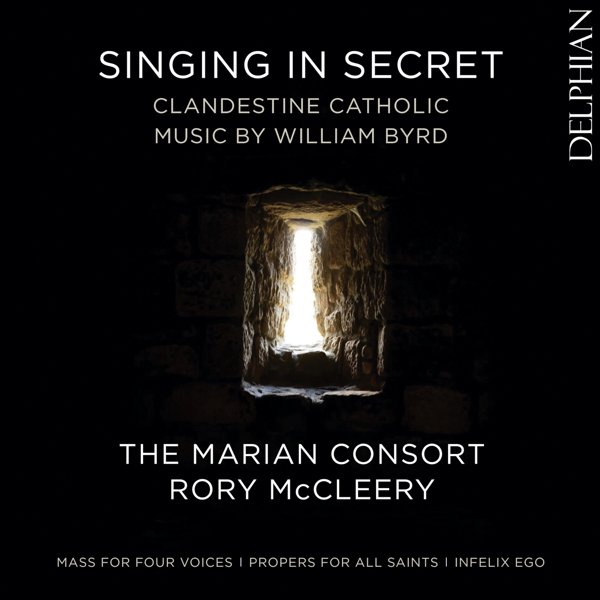English church music during the Tudor period (roughly the whole of the 16th century) was shaped significantly by the political and religious upheavals of the English Reformation. During this period, Protestantism displaced Catholicism as the official religion of England, and although counter-reformers (notably Mary I, Queen of Scots) attempted with occasional and temporary success to bring Catholicism back to official status, by the end of the century Protestantism was well established as the state religion and has remained so to this day.
This upheaval had major impacts on musical style in English churches. Since Protestants believed in the fundamental importance of hearing the Divine Word, they favored liturgical and devotional music that all attendees at services could easily understand. Accordingly, the preferred language for church music became English rather than Latin, and composers were generally expected to write in a “syllabic” rather than a melismatic style – one note per syllable, so as to make the music’s religious message as easily intelligible as possible. (The strictness of this expectation varied over time, and composers often found ways around it.) And, of course, hymns and motets of devotion to the Virgin Mary became a bit more complicated in this context. Signaling a tendency towards Catholicism at this time was not just out of favor musically, but could also lead to persecution and even death.
Despite these stylistic changes and political pressures, in the English church some features of Catholic liturgical music persisted: the Mass remained an important feature of worship, as did the motet, the antiphon, and other familiar forms, but new ones emerged as well, such as the anthem. And at the same time, many Tudor composers were continuing to develop secular forms such as the madrigal, as well as non-religious instrumental music – this period saw the flourishing of consort music as well as church music.
Today the Tudor period is widely regarded as representing the high-water mark of English religious music. Two serious contenders for the title of Greatest English Composer of All Time – William Byrd and Thomas Tallis – emerged during the 16th century, and their music continues to be widely and regularly performed and recorded today. Other notable English composers of the period include Robert Fayrfax, William Cornysh, Thomas Weelkes, and Orlando Gibbons, many of whom lapsed into obscurity for centuries until the early music movement of the late 20th century prompted a new interest in Renaissance music generally. Today, the music of many composers from the Tudor period is easy to find on recordings and is regularly performed in concert.

